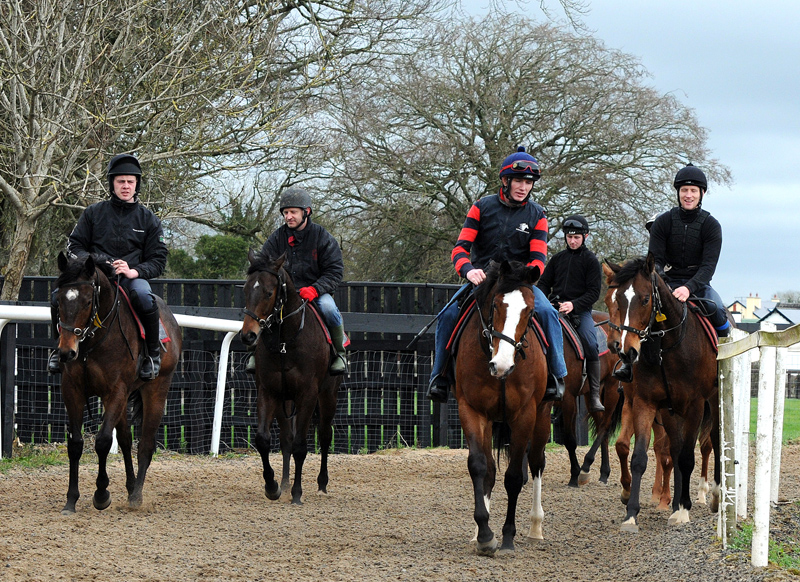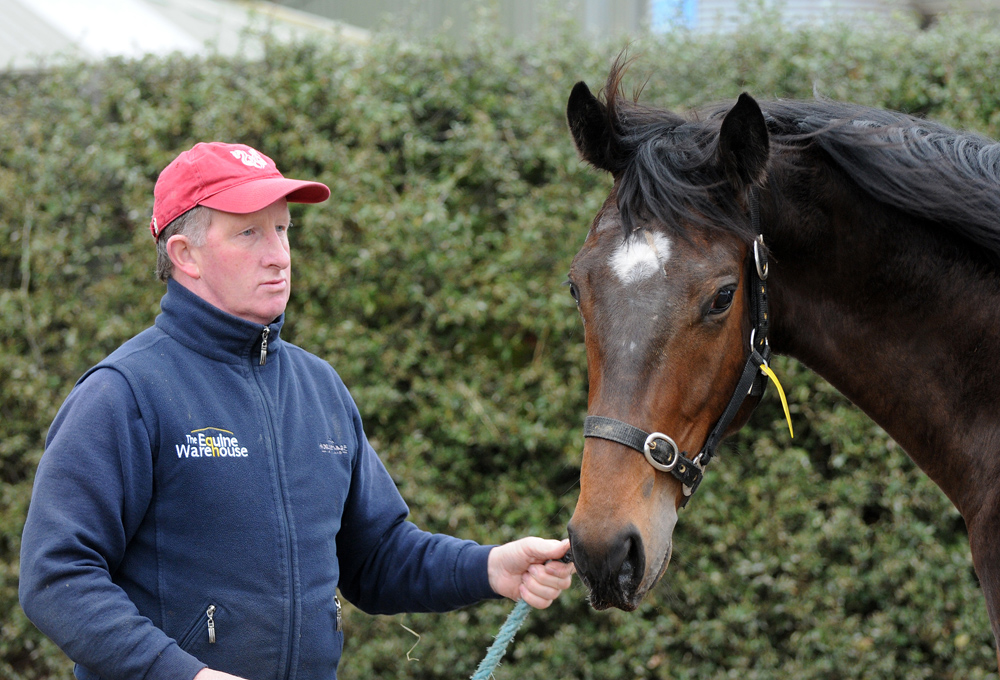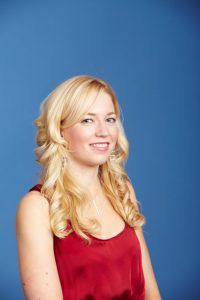On the evening of April 13, 2005, lots 23 and 24 at the Craven breeze-up sale were led out of the ring unsold at Tattersalls. By the end of that year those colts by Mozart and Machiavellian, by then named Amadeus Wolf and Palace Episode, had each won a Group 1 race in Britain. Their success not only marked a turning point for the popularity of breeze-up sales in Europe but also for the operation which consigned them, Con Marnane’s Bansha House Stables.
Marnane, who raced Palace Episode with his wife Theresa throughout his two-year-old season and sold him to Godolphin after his victory in the Racing Post Trophy, says: “People realised that they had to start having a look at these sales.
“The reason Palace Episode didn’t do a good breeze was because we didn’t push him at home. He was a May foal and if we had done he would not have made a racehorse. I was prepared to look at the bigger picture and let him come to himself as a young horse.
“He was on the lorry to go to the German sale and I rang [trainer] Kevin Ryan when he was on the Irish Sea and I asked him if we could try to win a maiden with him and get him sold. I knew he wouldn’t get anywhere near the price we gave for him as a yearling if he went to Baden-Baden. He was just one of those amazing stories.”
Six weeks after the Craven Sale Amadeus Wolf, who had by then been sold to owners in Ryan’s stable, made a winning debut at Ayr before running third in the Coventry Stakes and annexing the Gimcrack and the Middle Park. It was a golden year for the team at Bansha House Stables but the bloodstock market has been tough in recent years, even for a successful outfit such as this.
“I’m not prepared to take a chance on buying a really expensive horse for breezing any more, though my gut feeling is that the breeze-ups will hold their own – there seems to be a lot of foreign investment at the moment,” says Marnane, who last year bought yearlings from £2,000 up to £80,000 and has 55 two-year-olds to sell. “We’re up on numbers this year. We hadn’t planned that but we bought a lot of nice horses. I look at an awful lot of yearlings and we’re at every sale.
“I try to have a mixture of first-season and proven sires, and they are all different sorts of horses. In the boom we were spending much more but we don’t need to any more and there’s no guarantee that they are going to be the top horses. We buy a nice, good-moving, athletic type of horse, then we look at the pedigree. If you go to the breeze-up sales and they don’t do a really nice gallop then people walk away. Disregarding how many Group horses we’ve sold, if we don’t have what the buyers want then we’re in trouble.”
From August to early December, Marnane is an indefatigable and ever-smiling presence at yearling sales across Europe and America. His bonhomie is no façade.
He says: “It’s fantastic being in a business that you absolutely love. I love getting up every morning. I wake up bouncing out of bed to feed all the horses. I’m fortunate to really enjoy my work.
“Come the end of the yearling sales I do get a bit tired but at the beginning I just can’t wait for them to start. Deauville is a great way of starting the season, it’s magical. I really have a passion for it.”
It’s fantastic being in a business that you absolutely love. I love getting up every morning. I wake up bouncing out of bed
The sales scene may be a slog but for the breeze-up pinhookers the proper work starts when the yearlings arrive from the sales. At Bansha House Stables, they are driven in long reins but won’t have a rider on their backs until after they’ve had a proper break at grass.
Marnane says: “I’ll often buy a weak-looking horse at the yearling sales, then I take them home, put them out on really good grass, give them a good worming. They need more time to mature and we have an extra six months.
“They are then turned out in herds and get a full bucket of feed every day. From November they come back in, are driven for another week, then ridden, and away they go.
“It’s great for their heads to be out in the fields. They learn to become animals again.”
This approach clearly works, allowing tender youngsters to wind down after the stress of the yearling sales and have a chance to get over any bugs they may have picked up in the process. It’s an intensive period in the lives of these young horses, who endure two bouts of sales usually within a six-month period and in between those dates are brought to the point of being almost racetrack-ready.

Juveniles headed for the Goffs sale at Kempton
Such a schedule means that the manner in which they are handled in preparation for the breeze-ups is vitally important. There will undoubtedly be those who struggle more than others but Marnane gives careful consideration to each two-year-old in order for them to end up with a target best suited to his or her ability.
He says: “I’ve taken a couple out of the Craven sale and put them into the Guineas sale [in May] as they are bigger horses who need a bit more time. For [the first sale] Kempton you want a nice sharp two-year-old type that’s ready to run.
“Mind you, they can sometimes surprise you. I thought Rio De La Plata would be out at the end of the season because he was a big, tall horse but then he won at the July meeting and almost broke the track record, and he’s been so consistent. Fleeting Spirit was a tiny yearling when I bought her for 20-odd grand but she was something very special.”
A visit to Marnane’s Tipperary stables in early March allows the opportunity to see his first consignment of breeze-up horses in action on a circular canter just weeks ahead of their appointment at Goffs’ Kempton Sale in the first week of April.
“The pressure definitely builds at this time of year,” he admits. “It’s like telling a trainer to have 50 horses ready to run and win on a certain day. We have to build these horses up to a certain stage so that they know their job well without getting any mix-ups along the way. It’s educating them without pushing them over the top. We don’t over-exercise these horses, they do lots of steady cantering.
“We try to get them out of the stable twice a day. We take them out in the morning and canter them with riders, then in the afternoon they either might have a swim or go on the walker or treadmill.”
The most telling aspect of a young horse’s well-being is perhaps not the speed he shows but how well he strides out and copes mentally in the build-up to, and wind-down from, that piece of faster work.
The quiet of this corner of Tipperary is reflected in the demeanours of the Kempton consignees, who go about their business in a straightforward and professional manner, not even turning a hair with the sudden bounding appearance of the Marnanes’ eight-month-old Dalmatian, Mia, a black-and-white blur as she weaves in and out of the trotting ring.
“I have a fantastic team of riders and most of them have been here from day one,” says Marnane. “It runs like clockwork even if I’m not here. They have a great interest in the horses and the horse comes first for them. Mike O’Brien is my head man and has been with me from the start.”
The start came around 12 years ago. Having grown up with his parents and two brothers, David and Edmond, across the field from where he now lives, Marnane, like many Irish children, developed a love for racing through early exposure to ponies. A year spent working in racing in America, then a similar stint in Australia, preceded three years at Ballydoyle.

Head man Mike O’Brien and a colt by Kodiac
Now he is aided by his wife Theresa, a solicitor, who helps to run their busy office with Emma Welsh, and it’s a fair bet that it won’t be long before the next Marnane generation makes its presence felt, as their daughter Amy, who has just turned 18, is studying equine science.
He says: “I started off doing the breeze-ups by accident. The first year we had the first two in the ring – lots one and two at Doncaster – then we had the last two lots at Newmarket. So we started off the hard way. Any time we got a few quid for a horse we put down more stables and improved the facilities.”
The facilities are impressive, but functional rather than flashy. Having started off in the yard attached to his parents’ Bansha House, where David now trains, Marnane has developed his own facility on neighbouring land of approximately 200 acres, with gallops, horsewalkers, treadmills, a swimming pool and two large American barns for stabling.
Most appealing of the facilities, certainly from an equine perspective, are the large barns which allow groups of around six horses to be housed together. Marnane says: “I find that having them loose keeps them so much happier – they’re not tying up, they’ve no ulcers. It’s worked very well so far so I don’t want to change too much.”
Sitting in the kitchen to chat for a while, Marnane finds his phone ringing as often as his mind switches from subject to subject: favourite sires, the yearling bonus scheme, paddock management and reeling off his younger daughter’s successes in the show ring on her Welsh Mountain pony.
The rosettes won by Olivia, 11, compete for wall space with photographs of the big winners – 46 stakes winners at the last count – to have spent their formative years at Bansha House Stables, with Rio De La Plata, Fleeting Spirit and Cheltenham Festival winner Noble Prince among them. It’s a big kitchen but the walls are already full.
CON MARNANE ON…
His rivals
There’s a plenty of friendly rivalry and a real community among the breeze-up consignors. I have huge admiration for Willie Browne. He’s an absolute genius and the ultimate professional. To still be doing so well at his age is amazing. He’s honourable and a nice man.
Bonus schemes
The breeze-up bonus worked because it was simple. The consignors and the sponsors got it to half a million, and the purchasers didn’t have to pay a penny extra. The yearling bonus scheme is costing the breeze-up boys way too much money to qualify these horses. I’m doing it this year but I doubt I will next year. It’s getting stale and needs a rethink. I would love it if they ran 20 races worth £100,000 or even 40 £50,000 races. It should be a joint venture with all the sales companies, the breeders and the racecourses, and they need to get in a big sponsor.
Buying fillies
I bought fillies with pages and have a three-parts sister to Soviet Song and a full-sister to Kite Wood to sell this year. I have no problem with buying fillies as long as they have a good pedigree. They have to have that to get people interested, then if they do a good breeze and they look right it’s not a problem.
The importance of groundwork
I haven’t had a holiday in over two years but I’ve been on a plane that many times that I don’t really want one. People think it’s a glamorous lifestyle yet it’s anything but. Sometimes horses can slip through the net and you have to put in the time and be there to make sure you can buy them.



